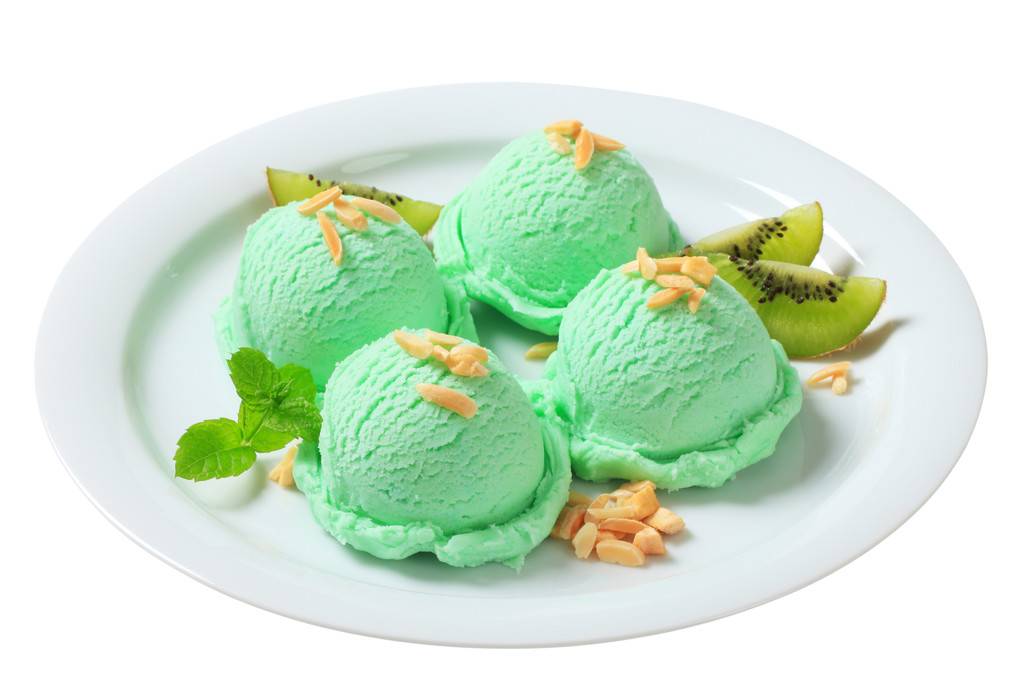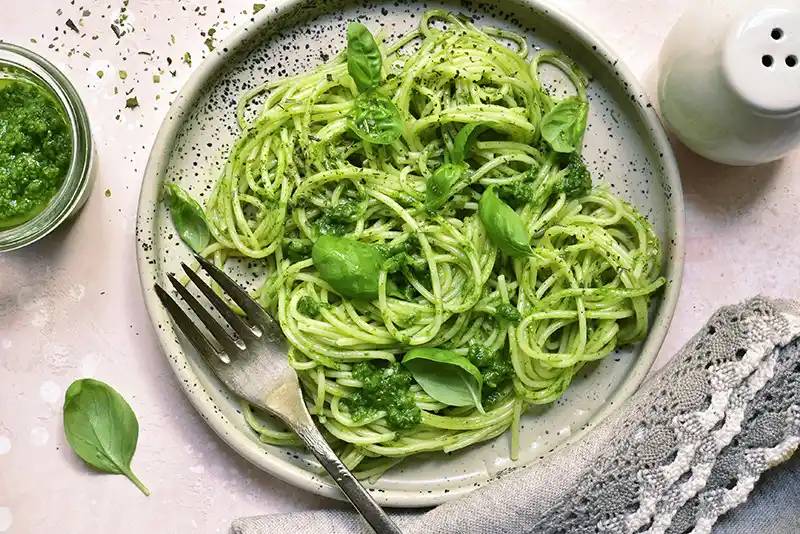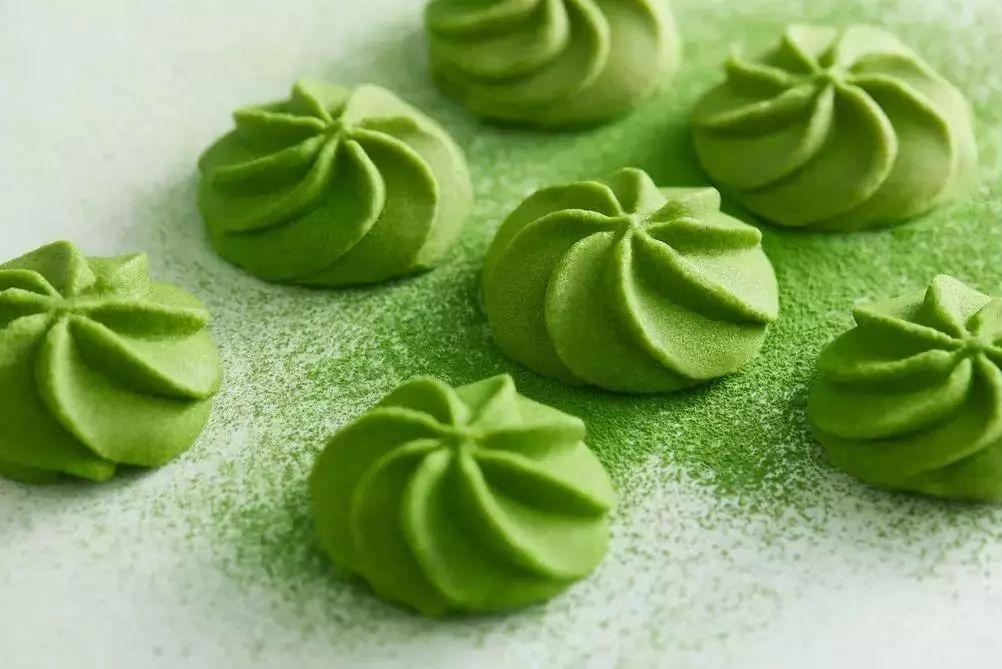What Is Spirulina in Telugu?
Spirulina, also known as blue-green algae in Telugu, is an ancient and lowly type of prokaryotic unicellular aquatic plant, also known as planktonic primitive algae. Because they, like bacteria, do not have a true nucleus within the cell, they are also called blue-green bacteria. Spirulina got its name in Telugu because it looks spiral-shaped when viewed under a microscope. In fact, there are about 36-38 species of spirulina in the genus Spirulina, which belong to the phylum Cyanobacteria, class Cyanophyceae, order Spirochaetales, and family Spirochaetaceae in the botanical classification.
Most of them are freshwater species, and only four species are distributed in the ocean. At present, there are only two main species that are cultivated in large quantities in domestic and foreign production, namely, Spirulina platensis and Spirulina maxima [1-3]. Spirulina was first discovered in the autumn of 1940 by French pharmacist Creach during an expedition to Lake Chad in Africa. However, for various reasons, the nutritional value of spirulina was not taken seriously. It was not until the 1960s, when the world food and energy crises became increasingly prominent, that Dr. Kreman of France rediscovered the miraculous effects of spirulina and introduced it to the world. Since then, research on spirulina has swept the world, and the research results from various countries have also confirmed its miraculous nutritional effects. Spirulina has been listed as one of the greatest discoveries of the 20th century, along with atomic energy.
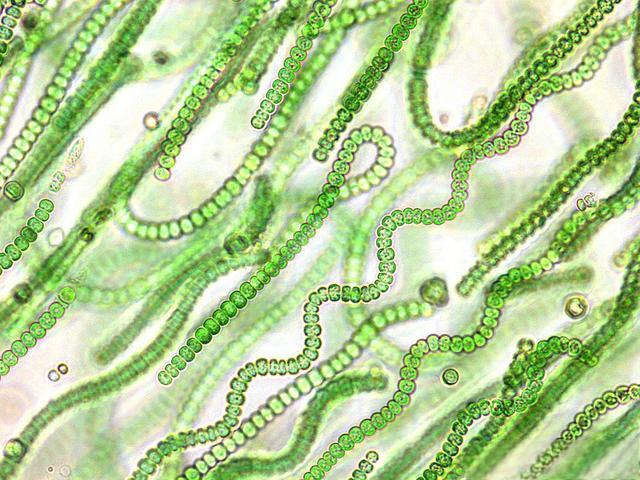
Spirulina is known as a “treasure trove of miniature green functional nutrition,” and the Food and Agriculture Organization of the United Nations (FAO) has included it in the 21st century human food resource development plan. Domestic and foreign studies have shown that spirulina has a high protein content and a very reasonable amino acid composition ratio. The content of eight essential amino acids is close to or exceeds the FAO recommended standards. Since the cell wall of spirulina is not composed of fiber but of some polysaccharides, it is easy to digest and absorb, with a protein digestibility rate of 75% and a biological utilization rate of 68%. Therefore, spirulina is currently the food with the highest known protein content and quality. In addition to being rich in protein, spirulina also contains vitamins and a variety of trace elements.
It is by far the best natural protein food source that scientists have discovered, with the most comprehensive and balanced nutrition. It also has a variety of functions, such as boosting the immune system and regulating metabolic functions. It is also a natural resource for health foods and medicines. For this reason, spirulina has been recommended by the Food and Agriculture Organization of the United Nations and the World Food Association as “the ideal food of the 21st century”. Recent research has also shown that spirulina plays an important role in the removal of environmental pollution and the development of bioenergy.
I. Basic biological characteristics of spirulina
1.1. Distribution of spirulina
Spirulina is a multi-cellular filamentous blue-green algae that grew 3 billion years ago and has many characteristics of primitive ancient algae. There are currently more than 30 species of spirulina, widely distributed in the oceans, lakes, hot springs, and especially saline lakes, in the tropics, subtropics, and warm temperate zones. In China, five species have been discovered [4], and in recent years, spirulina has also been found growing in the near-Arctic region. This shows that spirulina is almost ubiquitous and can adapt to extreme environments [5].
1.2. Spirulina morphology
Spirulina is a multicellular filamentous microorganism. The spiral shape is characteristic of the genus Spirulina, but the spiral parameters (spiral pitch and spiral diameter) vary with species. Under an optical microscope, the blunt-top spirulina is blue-green, multicellular, with nearly square cells measuring 6–8 μm wide and 2–6 μm long. The spirals are loosely curved, the spirulina is 26–36 μm wide, the spiral spacing is 42–57 μm, the alga filaments are 200–500 μm long, the ends are not pointed or slightly pointed, The terminal cells are broad and rounded, with slightly constricted transverse walls and no particles at the transverse walls. The largest Spirulina is grayish-green, with cells 7–9 μm wide, longer than wide, with a spiral pitch of 70–80 μm, a slightly pointed tip, and transverse walls that are not constricted and have particles on both sides. The spiral shape of the algal filaments is only maintained in liquid culture media. In solid culture media, the dehydration of the peptidoglycan layer causes changes in cell stiffness, often losing the spiral shape and becoming straight algal filaments.

1.3. Growth characteristics of spirulina
Currently, it is generally divided into two main types: Arthrospira platensis and Arthrospira maxima. Spirulina can grow in fresh water, salt water, seawater and hot springs. A high alkaline environment and moderate salinity are essential living conditions for spirulina. Its suitable pH is 8.3 to 10.3, and it still grows well when the pH is 11. As for salinity, the best growth conditions for Arthrospira platensis are in water with a salinity of 20 to 70 g/L. Like most cyanobacteria, Arthrospira platensis is a photosynthetic autotroph that can reduce carbon dioxide and assimilate it into carbohydrates under light. Arthrospira platensis has a high light energy conversion rate of up to 18%, which gives it huge production potential. Its yield is 10 to 35 g/m2·d. It grows well at light intensities of 0.6 to 30,000 Lx. The optimum growth temperature for spirulina is generally 28-35°C, with 15°C and 40°C being the minimum and maximum growth temperatures. Spirulina strains that prefer warmth and are heat-resistant can be cultivated at 35°C-40°C [1-3]. Spirulina is also highly resistant to ultraviolet light. The quality of light has a different effect on the growth of spirulina. Spirulina cultivated under red light grows faster, accumulates more dry matter, has a higher chlorophyll content and phycobiliprotein content, and spirulina cultivated under green light has a higher protein content [6].
2. Nutritional value
Before the 16th century, the Indians in Mexico already harvested spirulina from Lake Texcoco and made it into dry bricks. The Kanembu tribe living on the shores of Lake Chad in Central Africa has been eating dried spirulina for generations. Spirulina is high in protein, low in fat and low in carbohydrates, and contains a variety of vitamins and trace elements, making it extremely nutritious [5]. However, its biochemical composition varies according to species. The biochemical composition of spirulina, as analysed under laboratory conditions and in samples taken from the natural environment, is roughly as follows [7]: 65% protein, 19% carbohydrates, 4% lipids, 6% pigments, 3% ash and fibre, and about 3% vitamins.
2.1. Spirulina protein
The average protein content of dehydrated spirulina powder is as high as 55% to 70%, which is much higher than that of eggs and soybeans (see Table 1).
Table 1 shows that spirulina protein content is higher than that of several other foods. Spirulina protein also has a balanced composition of various amino acids, including the first limiting amino acid for humans, lysine, which is 2.6–3.3 g per 100 g of spirulina powder (the same applies below). The content of other amino acids is as follows: tyrosine 2∙6~3∙3; leucine 2∙6~3∙3; phenylalanine 2∙6~3∙3; methionine 1∙3~2∙0; glutamic acid 7∙3~ 9∙5; aspartic acid 5∙2~6∙0; tryptophan 1∙0~1∙6; cystine 0∙5~0∙7. Spirulina is easy to digest because its cells lack the cellulose cell walls found in eukaryotic green algae. Spirulina protein has a very high assimilation rate and is a high-quality, complete protein source.
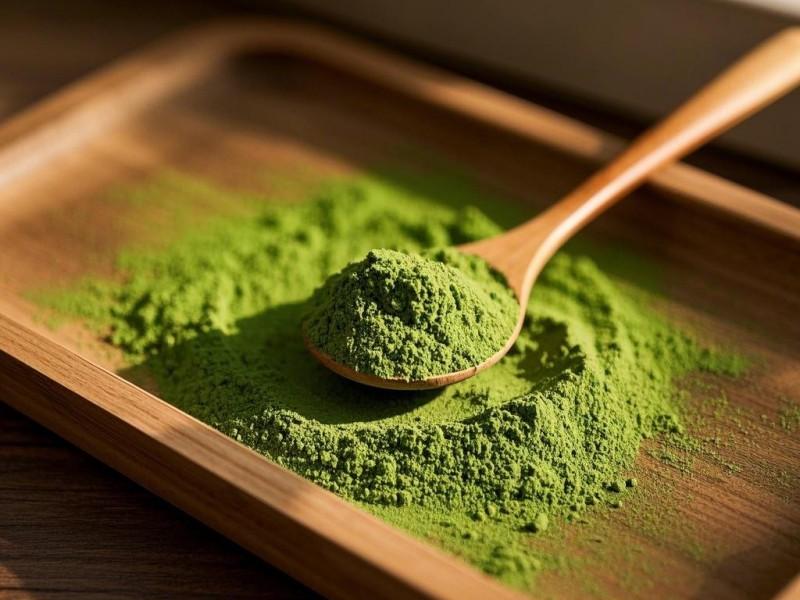
2.2 Spirulina lipids
Dehydrated spirulina powder contains an average of about 4% lipids, mainly linoleic acid and linolenic acid, which can be as high as 2g/100g dry matter. Spirulina has a low cholesterol content, with only 32.5 mg per 100 g of dry matter. One tablespoon (about 10 g) of spirulina powder contains only about 1.3 mg of cholesterol and 36 kcal of energy, while the same amount of eggs contains 300 mg of cholesterol and 80 kcal of energy.
2.3. Vitamins and trace elements in spirulina
Spirulina is rich in vitamins. According to preliminary analysis, in addition to being rich in B vitamins, spirulina also contains vitamins A and E. Table 2 compares the B vitamin content of spirulina with that of several foods. As can be seen from Table 2, the content of vitamins B1, B2 and niacin in spirulina is higher than that in other varieties. In addition, the remaining vitamin content in spirulina is (mg/100g dry matter): vitamin A source 100-200; vitamin E ~ 7; vitamin B60·5-0·7; vitamin B120·15-0·25; pantothenic acid 0·5-0·8; and folic acid, carotenoids, etc. It can be seen that spirulina is a rich source of vitamins.
2.4. Minerals in spirulina
Spirulina is also rich in minerals. The content of various mineral elements is (mg/100g): phosphorus 300-700; calcium 100-400; sodium 450-500; magnesium 100-200; iron 30-50. These minerals are important for maintaining human health, especially for promoting the growth and development of children. Therefore, spirulina is also a good source of mineral elements.
3. Medicinal value
Spirulina not only has extremely high nutritional value, but also has great value in healthcare due to its content of algal polysaccharides, unsaturated fatty acids such as γ-linolenic acid, various vitamins and enzymes, trace elements, etc. Spirulina is currently believed to have a variety of biological effects: (1) improving the body's immune function; (2) anti-cancer and anti-carcinogenic effects; (3) anti-radiation effects; (4) improving the harmful effects of excessive metals on the human body; (5) healing the skin and wounds and having an antibacterial effect; (6) anti-fatigue and anti-aging effects; and (7) promoting the growth of lactobacilli in the body. According to some reports at home and abroad, spirulina and its extracts have extremely significant functions in preventing and treating glaucoma and cataracts, preventing cardiovascular and cerebrovascular diseases, losing weight, treating gastric and duodenal ulcers, and iron deficiency anemia.
3.1. Improve the body's immune function
Spirulina polysaccharides not only improve the body's nonspecific cellular immune function, but also promote the body's specific humoral immune function. Its mechanism of action is related to the fact that spirulina polysaccharides enhance the proliferation of bone marrow cells, promote the growth of immune organs such as the thymus and spleen, and promote the biosynthesis of serum proteins. It is also related to its ability to eliminate the immunosuppressive effect of immunosuppressants (cyclophosphamide) on the body's immune system.
3.2. Anti-cancer and anti-carcinogenic effects
Liu Lisheng et al. reported [9] that spirulina polysaccharides have an inhibitory effect on cancer cells in vitro. The polysaccharide has a high inhibitory effect on DNA synthesis in sarcoma S180 and ascites-type hepatoma cells at high doses, while it has a lower inhibitory effect on DNA synthesis in leukemia L7712 cells. The effect of spirulina polysaccharide (200 mg/kg) on ascites-type hepatoma cells in mice was also observed, and the results showed that the polysaccharide had a significant inhibitory effect on transplantable cancer cells in vivo.
3.3. Anti-radiation effect
An important biological characteristic of spirulina is its strong resistance to ultraviolet light and various types of ionizing radiation. Experiments have also shown that spirulina is indeed highly resistant to γ-rays. Treatment with spirulina polysaccharide extract before and after radiation can significantly reduce the genetic damage caused by radiation [10].
3.4. Improve the harmful effects of excessive metals on the human body
Spirulina can reduce the toxicity of mercury and drugs to the kidneys. Experiments on the nephrotoxic effects of mercury and drugs in rats showed that when spirulina was added to the rat diet, the levels of blood and urine nitrogen and serum creatine, which were used as test indicators, were found to have dropped significantly [11].

3.5. Healing of skin and trauma and antibacterial effects [11]
A French study found that a drug with spirulina as the main ingredient can accelerate the healing of wounds. A Japanese study showed that cosmetics containing spirulina and its hydrolytic enzymes can promote skin metabolism and reduce scars. Spirulina extract can also inhibit the growth of bacteria and has medicinal value.
3.6. Anti-fatigue and anti-aging effects
Spirulina contains a mixture of niacin, vitamin B6 and calcium gluconate, which can assist athletes in their exercise, enhance hormonal vitality and nervous system function, maintain the body's muscle glycogen stores, and exert an anti-fatigue effect [10,11].
3.7. Promotes the growth of lactobacilli in the body
Japan once conducted a test on the consumption of spirulina. Rats fed 5% spirulina for 100 days showed a 13% increase in cecum weight, a 27% increase in lactobacilli, and a 43% increase in vitamin B1 in the cecum. This test shows that consuming spirulina can increase the body's lactobacilli and allow the body to absorb more vitamin B1 and other vitamins from the entire diet.
4. Energy value
Due to the rapid increase in world energy consumption and the limited reserves of fossil fuels on the planet, there is a strategic need to find new energy sources and more efficient ways to convert solar energy. Bioenergy is becoming increasingly popular due to its clean, renewable and pollution-free characteristics, especially the production of biohydrogen. Hydrogen has the characteristics of being lightweight, having a high calorific value, being clean and renewable, and being able to be used in a variety of ways. It is considered to be the most promising “energy carrier” for future society. During the growth or cultivation of spirulina, it was found that it can convert solar energy into hydrogen energy in the form of hydrogen release.
Compared with other materials that release hydrogen, it has a higher photosynthetic efficiency, grows faster, has higher hydrogenase activity, and can continuously release hydrogen for a long time. It is one of the ideal materials for studying biological hydrogen release. From the existing literature, although research and development in the field of hydrogen energy is still limited to basic research, existing research indicates that spirulina not only has good development prospects as a food and medicine, but also has attractive application prospects in the field of research on biohydrogen production technology for energy development [12].
5. Environmental protection function
Spirulina, as food and feed, can reduce the demand for food, thereby reducing the pollution caused by food production. This in itself is a contribution to environmental protection. More importantly, spirulina needs to absorb a large amount of nutrients during growth and reproduction, and has the characteristics of fast growth and reproduction, high light efficiency, and strong adaptability. Using these characteristics of spirulina, it can be used for pollutant purification, which has direct environmental significance. It can be used to treat organic wastewater [13]; prevent eutrophication of water bodies caused by excessive nitrogen and phosphorus; remove and recycle heavy metals in wastewater; and through photosynthesis, absorb carbon dioxide in the air, synthesize organic matter, release oxygen, promote the conversion of “greenhouse gases” in the air, and maintain the oxygen balance in the atmosphere, which has an important ecological significance.
Through the above introduction to the biological characteristics, nutritional and medicinal value of spirulina, as well as its application in the fields of energy and environmental protection, it is clear that spirulina is a new resource with high development and utilization value. Its development prospects and application prospects are very broad. Therefore, accelerating the development and research of spirulina is of great theoretical significance and far-reaching practical application value.
References:
[1] Hu Hongjun. The current situation and development trend of foreign spirulina biotechnology [J]. Wuhan Botanical Research, 1997, 15 (4): 360-374.
[2] Hu Hongjun, ed. Principles of Spirulina Biology and Biotechnology [M]. Beijing: Science and Technology Press, 2003, 10.
[3] Hu Hongjun, et al. Principles of Spirulina Farming and Technology Application [M]. Beijing: China Agricultural Press, 2002, 1.
[4] Deng Liangwei, Cheng Shupe. The application value and environmental protection function of spirulina [J]. Sichuan Environment, 1996, 15(3): 26-29.
[5] Ciferri 0, Tiboni 0. The Biochemistry and industrial Potential of Spirulian [J]. Ann. Rev. Microbial, 1985, 39: 503-506.
[6] Zhang Aiqin, et al. Effect of different light qualities on the growth and oxygen and hydrogen release activities of Spirulina platensis [J], Plant Physiology Bulletin, 1989, 4: 23-26.
[7] Chen Donglin. Biochemical analysis of spirulina and research on its development and utilization value [J]. Journal of Yibin Teachers College (Natural Science Edition), 1997, (2): 90-93.
[8] Cui Junyi. Research progress on spirulina [J]. Natural Product Research and Development, 1994, 6 (4): 80-83.
[9] Liu Lisheng, Guo Baojiang, Ruan Jihong, et al. Research on the inhibitory effect of spirulina polysaccharides on transplantable cancer cells and its mechanism [J]. Marine Science, 1991, (5): 33.
[10] Carr. N. G, et al. The Biology of Cyanobacteria, Blackwell. Scientific Publications London, 1982, 263.
[11] Ciferri 0,0 Tiboni Spirulian, the edible microorganism [J]. Microbiological Review, 1983, 43 (1): 29-32.
[12] Li Quanshun, Xu Chenghai. Research progress on spirulina as a bioenergy source [J]. Energy Conservation, 2005, 8: 15-18.
[13] Gu Tianqing, Zhang Huimiao. Research on the biological characteristics of spirulina cultivated using industrial wastewater, waste gas (CO2) and waste heat [J]. Botanical Bulletin, 1992, 9(2): 47-52.


 English
English French
French Spanish
Spanish Russian
Russian Korean
Korean Japanese
Japanese